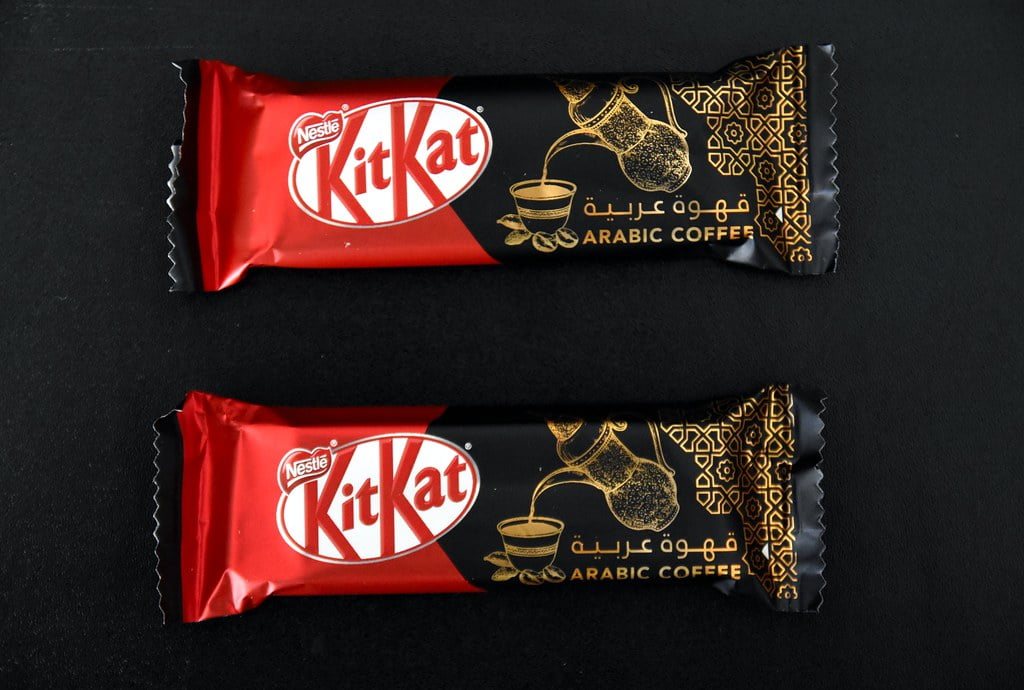As chocolate has become a beloved staple worldwide, the history, culture, and art of chocolate-making have also gained recognition. One unique way to preserve and promote cultural heritage and tradition is through chocolate museums dedicated to chocolate.
The Rise of Chocolate Museums
These institutions are becoming increasingly prevalent worldwide as people are eager to learn more about the history and production of this delicious treat. Many of these locations are in countries with a rich cacao cultivation and chocolate production history, such as Mexico, Belgium, and Switzerland. They offer visitors a chance to see the different stages of chocolate production and a glimpse into the social and cultural significance of chocolate.

Preserving Cultural Heritage and Tradition
One of the critical roles of chocolate museums is to preserve cultural heritage and tradition. They can help to keep traditional chocolate-making practices alive by showcasing the unique methods of production that have been passed down from generation to generation. Additionally, many museums exhibit historical artifacts related to the chocolate industry, such as antique chocolate-making equipment and vintage packaging designs.
Promoting Cultural Heritage and Tradition
Chocolate museums also play a significant role in promoting cultural heritage and tradition. They provide a platform for local and international chocolatiers to showcase their creations and share their unique chocolate-making techniques. This promotes cross-cultural understanding and appreciation for the different ways chocolate is consumed and produced worldwide.
Moreover, these institutions can drive tourism and economic development by hosting events and activities that attract locals and visitors, such as chocolate tastings, workshops, and cultural performances. This helps to stimulate local businesses and the overall economy.

Sustainability and Ethical Production
Many chocolate museums emphasize sustainability and ethical production. They educate visitors about the importance of sourcing cacao from sustainable and fair trade practices. This is crucial to ensure that farmers are paid fairly for their labor and that the production process does not harm the environment.
Conclusion
Chocolate museums are not just a tourist attraction but a crucial component of preserving and promoting cultural heritage and tradition. They support sustainable and ethical production practices, drive tourism and economic development, and provide a unique platform for chocolatiers to showcase their craft. As the chocolate industry continues to grow, it is essential to recognize and appreciate the rich cultural history and tradition behind it. Visiting a chocolate museum is an excellent way to do so.
FAQ’s
What are chocolate museums?
Chocolate museums are institutions dedicated to showcasing chocolate-making’s history, culture, and art. These museums often offer visitors a chance to see the different stages of chocolate production and historical artifacts and information related to the chocolate industry.
Why are chocolate museums important?
Chocolate museums are essential for several reasons. They help to preserve traditional chocolate-making practices, promote cross-cultural understanding and appreciation, drive tourism and economic development, and support sustainable and ethical production practices.
What can I expect to see at a chocolate museum?
At a chocolate museum, visitors can expect various exhibits related to the history, culture, and art of chocolate making. These exhibits can include historical artifacts related to the chocolate industry, such as antique chocolate-making equipment and vintage packaging designs, as well as interactive displays showcasing the different stages of chocolate production.
Can I try chocolate at a chocolate museum?
Many chocolate museums offer visitors the chance to try different types of chocolate, such as samples of various chocolate bars or truffles. Some museums also host chocolate tastings, workshops, and cultural performances.
Where are chocolate museums located?
Chocolate museums are located worldwide, but many are in countries with a rich history in cacao cultivation and chocolate production, such as Mexico, Belgium, and Switzerland.
How can I support preserving and promoting cultural heritage and tradition related to chocolate?
You can support preserving and promoting cultural heritage and tradition related to chocolate by visiting chocolate museums and supporting sustainable and ethical chocolate production practices. Educating essential others about the rich cultural history behind this beloved treat is also necessary.
*Disclaimer: This article is for informational purposes only. We do not endorse or promote any specific chocolate museum or brand. It is always important to do your research and make informed decisions.
